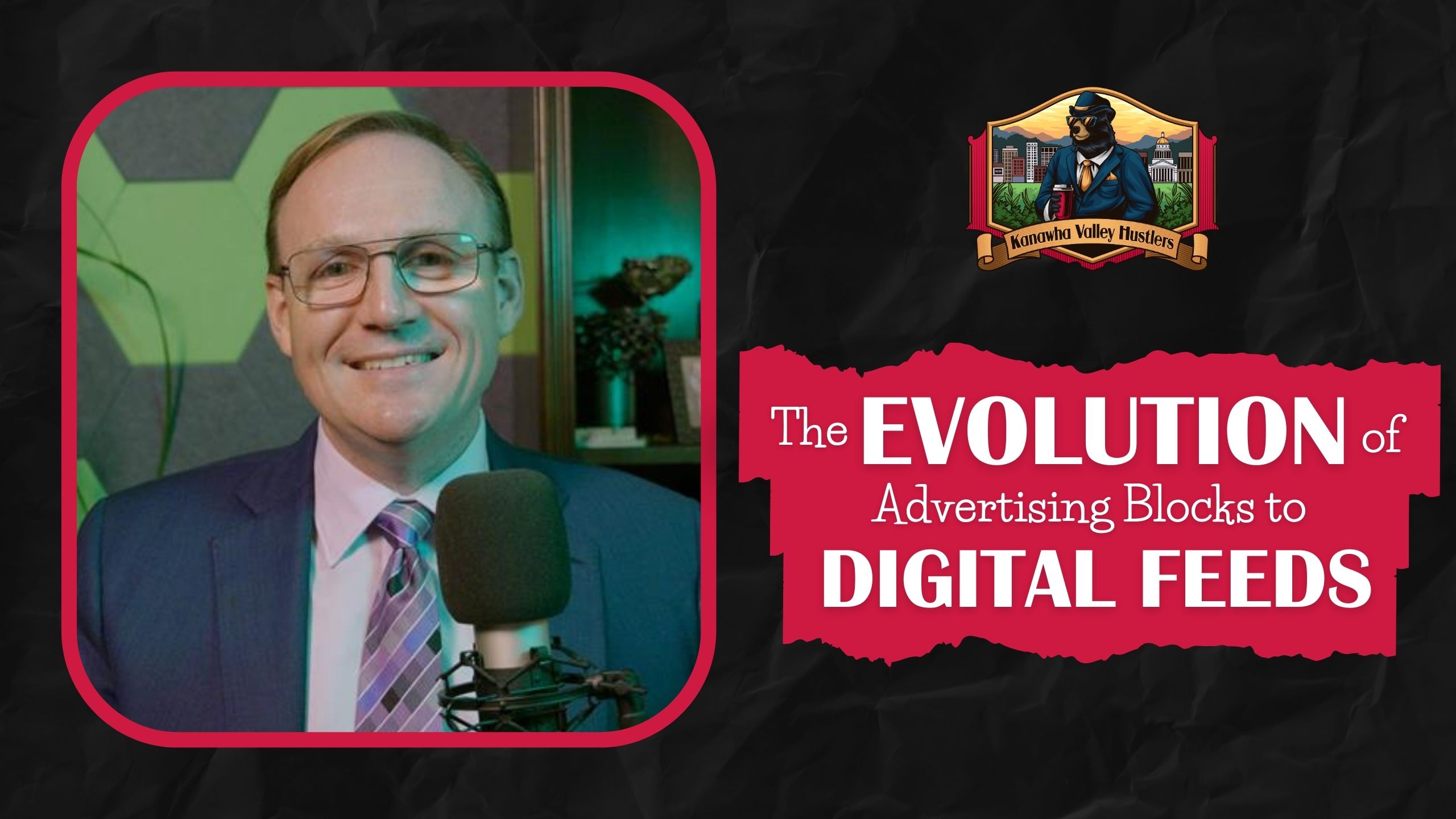
The Evolution of Advertising Blocks to Digital Feeds
I talk about how the advertising blocks we grew up with shaped the media we see today. Saturday morning cartoons and TGIF were not just shows, they were designed spaces for ads. That same idea has carried into the age of algorithms. Platforms like YouTube, TikTok, Instagram, and Facebook track what we watch and then feed us more of the same, measuring not only topics but colors, faces, and reactions.
This is not new. It started with newspapers and magazines in the 1800s, then moved into radio with soap operas that targeted homemakers. Brands like Kraft and Campbell’s built entire shows around the audience they wanted. By the mid-20th century, dayparting split programming for kids, families, and adults, giving advertisers a chance to focus on specific groups. In the 80s and 90s, blocks like TGIF, Must See TV, Fox Kids, Disney Afternoon, and SNICK pushed it further by locking in young viewers, families, and young adults.
Cable TV expanded the idea with full channels built for specific groups like MTV, ESPN, Nickelodeon, and Lifetime. Later blocks like Toonami and Adult Swim narrowed it even more to young men, a valuable demographic because major brand choices are made before age 30. Then came the digital age with Google search ads, DoubleClick display ads, and Facebook targeting based on likes and profiles.
Today algorithms dominate. Netflix refined recommendations, and social platforms perfected it. Every view and click feeds the cycle. If you are not visible in the algorithm, your content gets buried. You do not have to compete with the biggest names, but you can use the same system to reach the right people. Paid ads still drive reach, but the principle is the same as it has been for more than a century. All entertainment is built to capture attention so that attention can be sold. That same attention can also grow a business.
